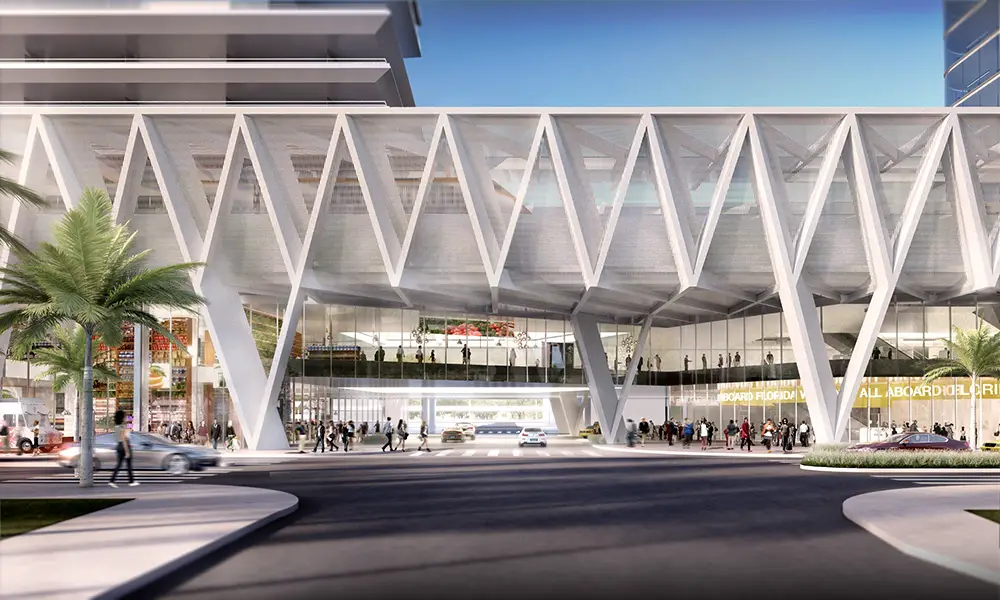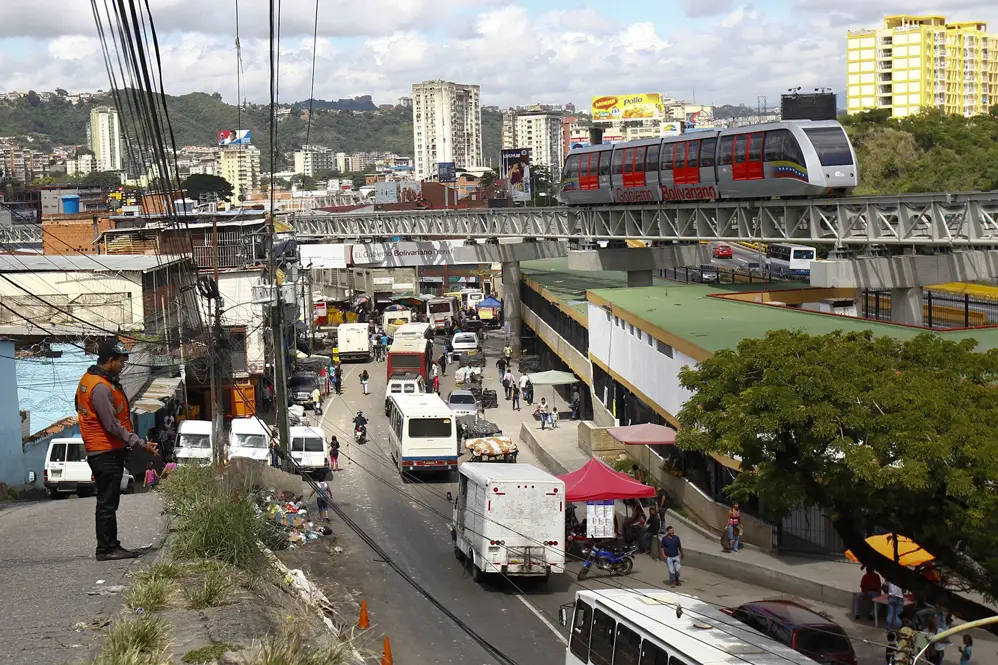With the Sustainable Development Goals under discussion and Habitat III on the horizon, we are arriving at a pivotal moment for the future of cities. As that most ubiquitous of statistics tells us, more than half of us globally now live in urban areas. This figure is projected to increase to 70% by 2050. And where will the majority of this expansion take place? In cities of the global south.
It is too early to say how far these events will shape international and domestic urban development trends. Urban poverty has gained a much more visible place in policy agendas in recent years. However this has coincided with a period of income polarisation and increased inequality during economic recession and stagnation in many places. The same can also be said for the economies that have thrived during this time.
Financial resources have inevitably been sought elsewhere and this has seen an increase in private sector involvement in urban projects. This can be witnessed in large-scale urban redevelopments that seek to reinvent or re-energise parts of a city. These models for development often conform to a ‘vision’ for a city – as aspiring to be ‘world class’ and competitive with other major cities in their region. Examples such as the Kigamboni New City Plan in Dar es Salaam and the Via Parque Rimac project in Lima suggest that such projects happen in isolation from other projects for the city. Closer to home, critics of the regeneration of East London off the back of the Olympic Games indicate that this is not a challenge faced only by cities in the south.
One of the dominant themes emerging from the 7th World Urban Forum earlier this year has been the call to create more resilient cities. This can have different connotations: from disaster risk reduction to preparing for and responding to future environmental challenges such as climate change and peak oil. It will be a big challenge to ensure that policies, planning and design support the aspirations of poor and marginalised groups of citizens at the local level, and not just a series of city-wide targets or strategies for resilience or sustainability.
In this sense whatever our vision for the cities of the future – be it a global city, a resilient city, a smart city, a sustainable city, a city for all – elements of socio-environmental justice have to be at the core of our thinking and practice. It is the people who make up the city. Ensuring that the poorest urban dwellers have fair access to the goods and services the city offers and a voice in shaping their cities – and therefore their own futures – is as crucial as it has ever been. This carries particular resonance nowadays with the State operating alongside strong private sector and civil society actors in many contexts.
The past sixty years have seen unprecedented societal changes globally. The urban issues we face today would have been unimaginable back then. Otto Koenigsberger, the founder of The Bartlett Development Planning Unit (DPU) in 1954, remarked: “the job of the DPU is to do itself out of a job”. Patrick Wakely, a former Director of the DPU continues, “But this has not happened […] because ‘the job’ has kept changing. The goalposts have kept moving. Actually, the DPU has done itself out of a job many times, but there has always been the next job to do.”

Over the past decades, the DPU has critically engaged in research, teaching and practice around urban development issues including cities as engines of economic growth, reimagining informality and urban slums, gender in policy and planning, self-help housing and socio-environmental justice. Placing people at the heart of how are cities are planned has been central to the ethos of the institution.
Cities now have a permanent role on the international agenda, which was limited in 1987, when the Brundtland Commission popularised the term ‘sustainable development’ and at the Earth Summit in 1992, in spite of agreement around Local Agenda 21. The same could be said for the Millennium Development Goals in 2000.
Otto Koenigsberger and Patrick Wakely’s sentiments continue to apply to the field of urban planning and design generally. Whatever our visions for the future of cities, the goalposts will always be moving. Post-MDG declarations in 2015 and discussions at the Habitat III conference in 2016 might offer some clearer indications as to where these goalposts currently lie. Cities are the focal points of our societies. The planners, designers, practitioners and policymakers of the future cannot afford to sit still when responding to the challenges posed by the cities of the future.
Mathew Wood-Hill is Media & Communications Officer at the Bartlett Development Planning Unit, University College London.
Photos: Bartlett Development Planning Unit and its Alumni.


